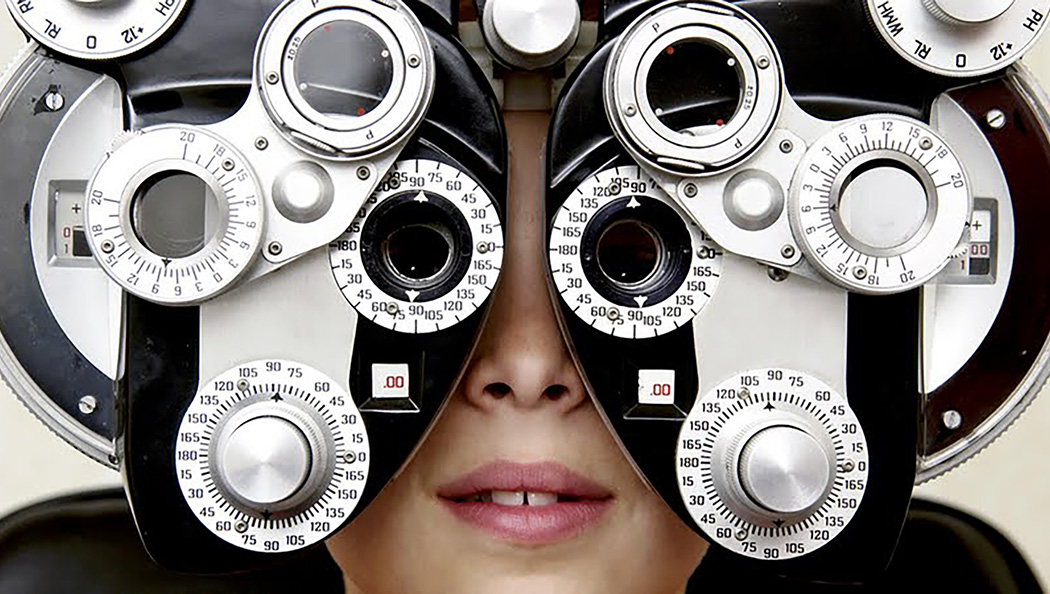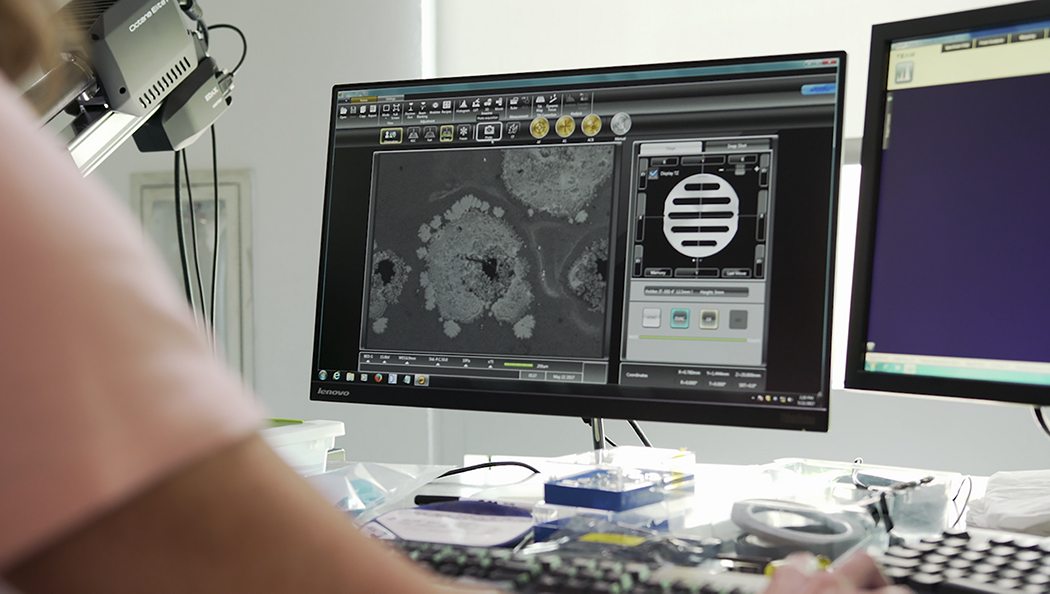Detecting retinal disease early with machine learning
A visit to the ophthalmologist’s office is a ritual familiar to many – there’s the low lighting, the dilating eye drops, the charts. The stakes are high: Researchers estimate that at least 80 percent of the information we perceive comes from our vision. With blindness, all that information is lost, a person’s world forever changed.
Yet traditional in-person dilated eye exams are surprisingly low-accuracy when it comes to catching the retinal diseases that can cause vision impairment, which affects 253 million people worldwide. That’s nearly one in 20. Early detection is a major challenge, and the screening process seems overdue for a technological upgrade. Luckily, a team in Spain is well on their way to developing just such an upgrade, with the help of one of Europe’s largest supercomputers.
For patients, speed is essential. Although more than a quarter billion people live with a vision impairment worldwide, eighty percent of cases are preventable. With early intervention, the chance of developing severe vision loss is more than halved.
FEATURED SOLUTIONS
Powered by Lenovo’s high-performance computing resources, the research group at the Barcelona Supercomputing Center is harnessing the power of AI to build and train machine learning models to rapidly detect different types of retinal pathologies, from glaucoma to macular degeneration – transforming a six-month-long machine learning process into one that takes ten minutes or less, with the potential to help ophthalmologists catch the signs of retinal disease earlier than ever before.
“Instead of spending six months trying different network architectures and hyperparameter configurations, we can design, train and validate the performance of a machine-learning model to detect a retinal pathology in under 10 minutes using CPUs – or in just 3 minutes using GPUs,” says Dr. Dario Garcia-Gasulla, the postdoctoral researcher leading the team at the BSC.

By using Lenovo technologies, BSC has created easy-to-use AI with fantastic results.
— Patrick Moakley, Director, Lenovo
The models were run on the Center’s high-performance computing cluster, MareNostrum 4. Made up of 3,456 Lenovo ThinkSystem SD530 nodes equipped with Intel® Xeon® Platinum processors, MareNostrum 4 benchmarks at 11.1 PFLOPS, a measure of computing speed indicating it can do 11.1 quadrillion basic calculations per second.
Even with supercomputing power, the task of screening for retinal problems is formidable. Causes of visual impairments are many. There’s diabetic retinopathy, blood vessel damage arising from complications with diabetes; glaucoma, damage to the optic nerve; nevus, a mole-like growth within the eye; and macular degeneration, the wearing down of the retina causing a loss of vision in the middle of the visual field, to name a few. And with limited data available, it’s hard to train an AI neural network to distinguish between these different retinal diseases.

Easy-to-use AI means detecting and treating vision problems earlier than ever before.
“For pathologies with limited dataset availability, those with fewer than 3,000 images, for example, training a reliable deep neural network from scratch may not be feasible,” explains Garcia-Gasulla
That’s where the team turns to transfer learning, a process that lets them build new models faster and with less data.
“So rather than building and training a deep net for every kind of retinal pathology, we can re-use our ‘base’ model and train it to detect a second pathology, and then train a third model to detect another kind of pathology, and so on. This enables us to produce new models really quickly and very easily.”
Scientists using the system can simply choose which retinal pathology they’d like to create a machine-learning model for, pick a pre-trained neural network to use as a feature extractor, and they’re off to the races.
For Patrick Moakley, Director of HPC and AI Marketing in Lenovo’s Data Center Group, the project is a window into a future in which AI and machine learning are simple and intuitive.
“By using Lenovo technologies, BSC has created easy-to-use AI with fantastic results,” says Moakley.
Easy-to-use AI means detecting and treating vision problems earlier than ever before. That’s one step closer to a world in which preventable cases of blindness are just that – prevented.

















